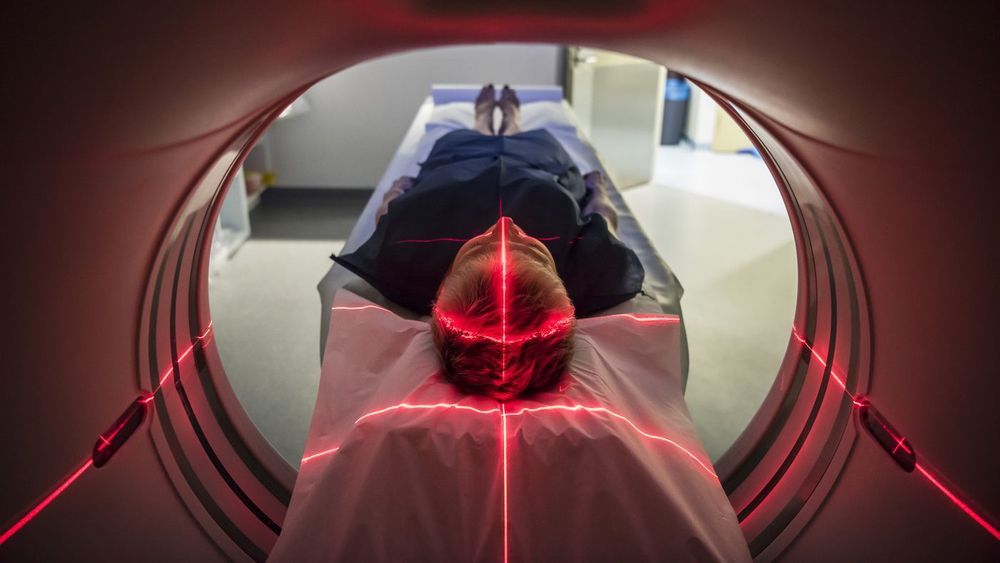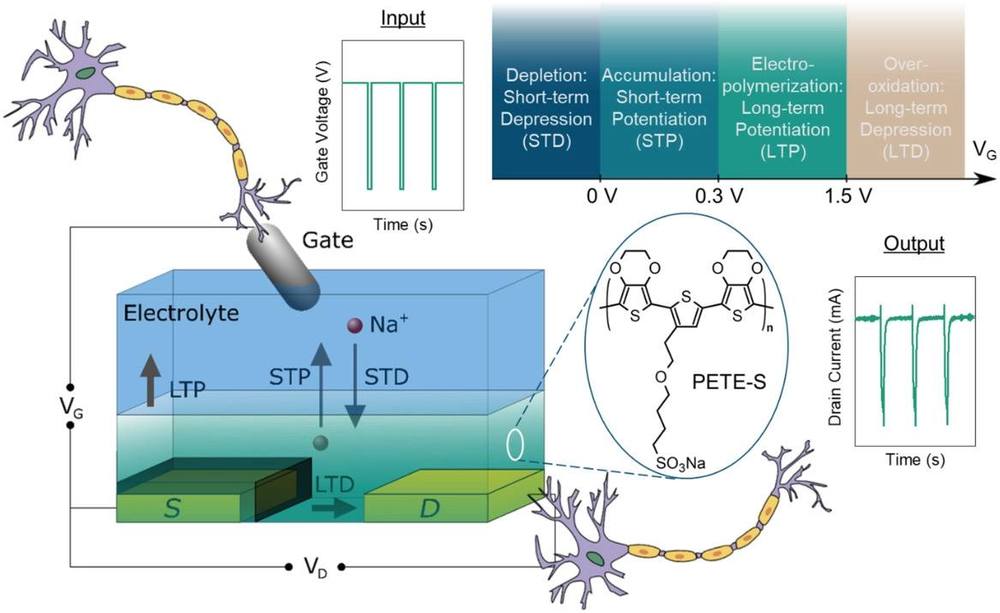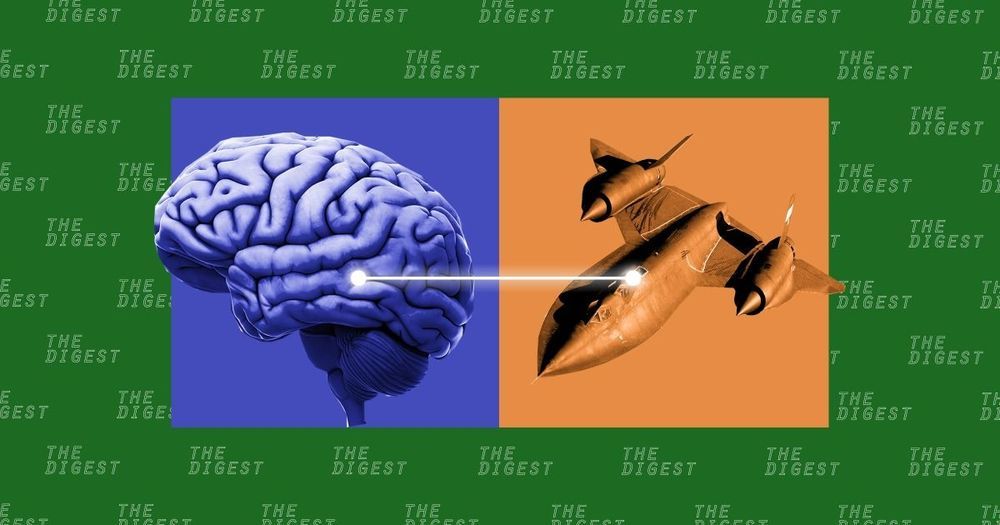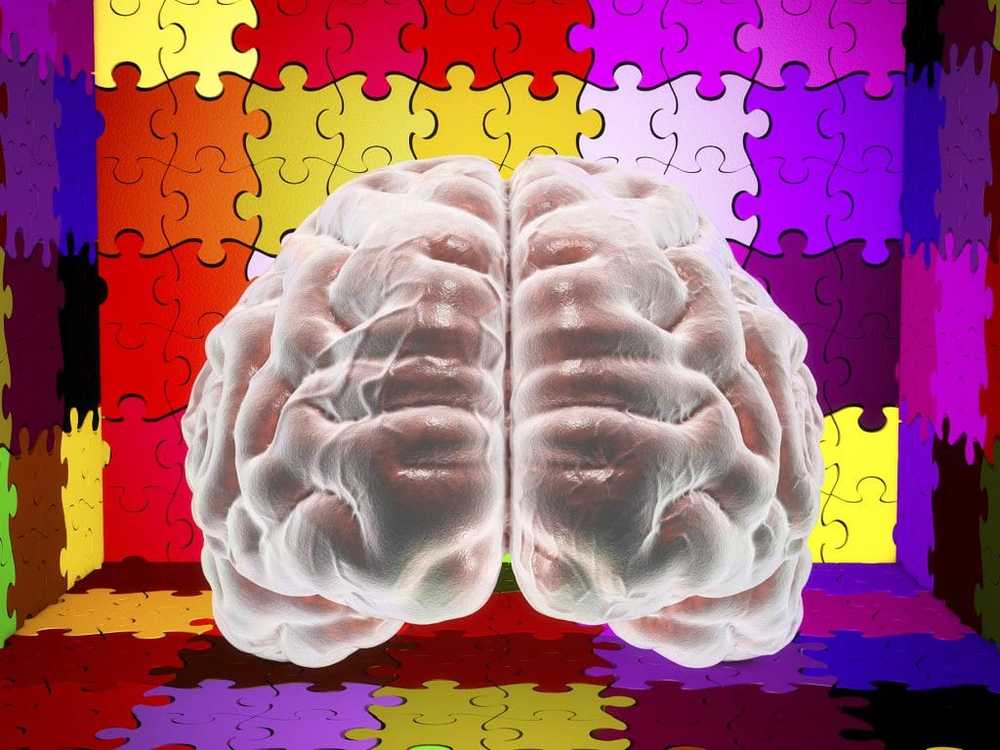“Ruth is a shining example of one of the qualities I most admire in a scientist: dogged perseverance in pursuit of one’s thesis, in spite of near-universal rejection of it by the mainstream community, until one finally wins them round.
It’s only an admirable quality if you’re likely to be right, of course, so you’d better be a really good scientist in other ways too — and she sure is. Ruth spoke at a couple of my Cambridge conferences and I was always dismayed that such solid data and logic concerning the involvement of herpes simplex virus in Alzheimer’s disease was so widely ignored or dismissed for what seemed to be totally flimsy reasons. That’s not happening any more!”, says Aubrey de Grey.
https://www.undoing-aging.org/news/dr-ruth-itzhaki-to-speak-…aging-2019









